While fuel economy is the main feature of the 2025 Hyundai Tucson hybrid and the plug-in hybrid Tucson PHEV, it is far from their defining characteristic. Both compact SUVs share the angular and expressive exterior styling of the non-hybrid Tucson, updated for 2025, its competitive list of standard safety and technology features, and a quiet and serene ride.
However, thanks to standard electric assist and all-wheel drive, the Tucson hybrid and PHEV move with a bit more agility than the standard Tucson. The hybrid has an output of 231 horsepower, and the PHEV 261 has an increase of 44 and 74 horsepower over the standard Tucson while offering significantly better fuel economy.
They are also easy on the ears, as a traditional six-speed automatic transmission eliminates much of the noise associated with the continuously variable automatic transmissions used in many hybrid competitors.
While the five-passenger SUV version of the Tucson is competitive in its standard form, the hybrid and PHEV models offer a superior combination of power and efficiency for a similar price, placing them among the most affordable electric compact SUVs on the market. As one of our favorites in its segment, the hybrid Tucson also earned a spot on our 2025 editors’ choice list.
What’s new for the 2025 Hyundai Tucson Hybrid?
The Tucson features a new grille design paired with wider bumpers and streamlined lighting elements at the front and rear. Decorative skid plates at the front and rear add a touch of ornamental solidity, and new wheel designs add a bit of freshness. Interior changes include the welcome return of the optional 12.3-inch display inside other Hyundai models and several physical buttons for HVAC and audio functions.
The change is complete with a new dashboard, parcel shelf, and a center console with a cubby and an optional wireless charging pad. Under the hood, both models use slightly more powerful electric motors, which increase the hybrid’s combined horsepower rating to 231 ponies and the PHEV plug-in hybrid’s 268.
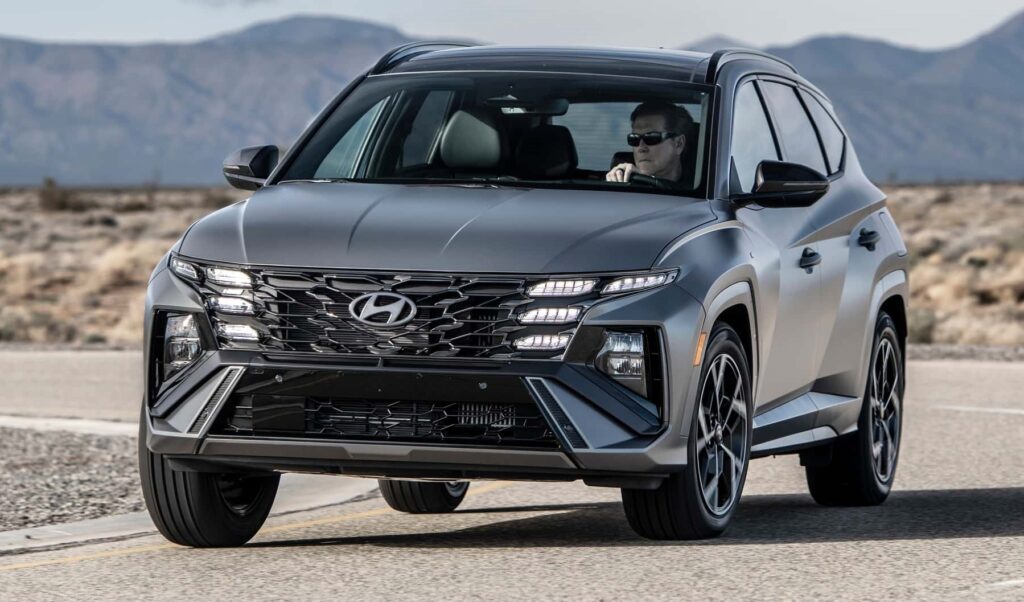
This year, two new driving modes have been added: a user-configurable my drive model and baby mode, which dulls throttle response to avoid disturbing your sleeping baby. The plug-in hybrid also gains a green zone mode, which switches the system to pure EV driving.
Table of Contents
2025 Hyundai Tucson hybrid price and why buy
The 2025 Hyundai Tucson hybrid starts at $34,915 and goes up to $48,890, depending on trim and options.
Blue $34,915
SEL Advantage $37,915
N Line $39,665
SEL PHEV $41,180
Limited $42,745
Limited PHEV $48,890
The N Line trim tops the list of available trims, with its unique 19-inch wheels, sporty front and rear styling treatments, dark chrome exterior accents, a panoramic sunroof, and N Line badging. The cabin is upholstered in a combination of cloth and leather and includes a Bose stereo, a new dual-screen infotainment system, and an auto-dimming rearview mirror.
It also comes with a highway driving assistant, and Hyundai’s adaptive cruise control system has an integrated lane-centering feature. If you’re looking for the PHEV model, it’s unfortunately not offered with the N line appearance items, but the SEL trim’s features will satisfy most buyers.
Engine and Performance
A turbocharged 1.6-litre four-cylinder gas engine and an electric motor combine to produce 231 horsepower and 258 pound-feet of torque in the hybrid, or 268 horsepower and the same torque in the PHEV. Power is delivered through a six-speed automatic transmission and standard all-wheel drive.
The updates in our initial drive of the 2025 Tucson hybrid don’t change the pleasant driving behavior much. No, neither of these powertrains will pin you in the back seat, but it’s the boost you’ll be happy to have at every stoplight and highway on-ramp. In everyday driving, the firm steering, comfortable ride, and confident handling are among the electrified Tucson’s best features: its quiet interior at cruising speeds.
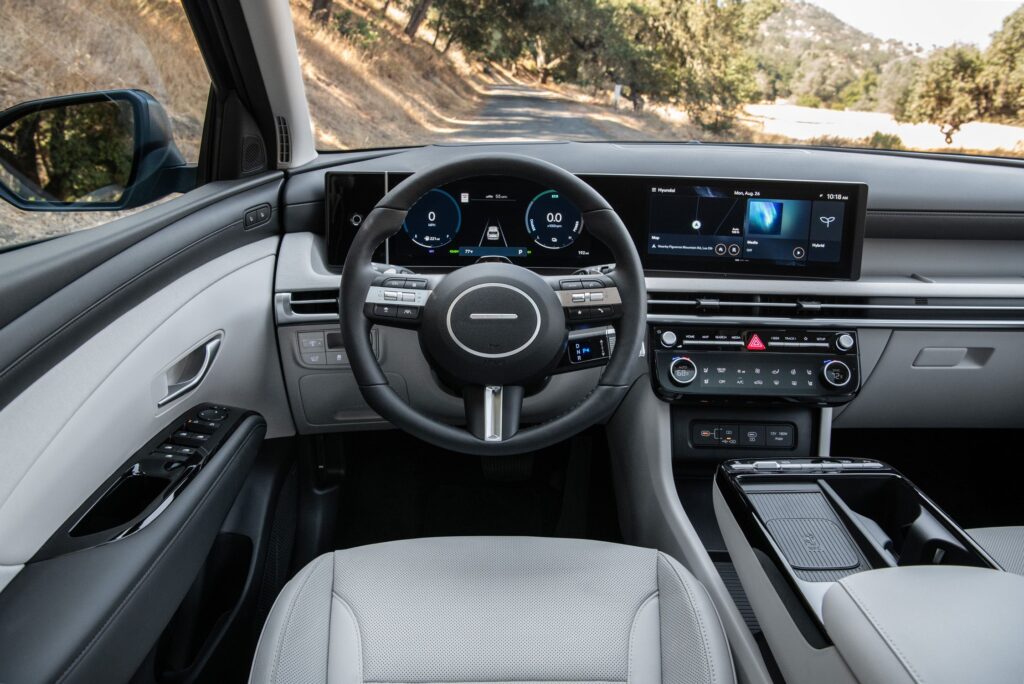
With acceleration times from 0 to 100 km/h (0-62 mph) in 9.6 and 8 seconds for the 150 and 230 HP versions, respectively, the Hyundai Tucson Hybrid 2025 more than meets expectations in this regard for its intended use and type of car. The plug-in hybrid can move quite agilely with the help of the electric motor.
2025 Hyundai Tucson Hybrid 0-60 mph times
Our loaded, limited hybrid 2022 model year test car hit 60 mph in 7.1 seconds, 1.7 seconds faster than the non-hybrid Tucson’s 0-60 time on our test track. With a more powerful electric motor onboard, the 2025 car could be quicker. The Tucson Hybrid’s rival, the Toyota RAV4 Hybrid, hit 60 mph in 7.3 seconds in our test car.
2025 Hyundai Tucson Hybrid range, charging, and battery life
The plug-in hybrid Tucson PHEV uses a 13.8-kWh battery pack that provides an EPA-estimated 33 miles of electric driving. A 7.2-kW onboard charger can fully recharge the battery in about two hours when connected to a Level 2 charging station. While the Tucson PHEV’s total range, how far you can go on a full charge and a full tank of gas, is good – 380 miles highway, according to C/D real-world testing – it failed to make our list of the longest-range PHEVs we’ve tested.
Fuel Economy
The EPA estimates that the Tucson hybrid is good for up to 38 mpg city and 38 mpg highway; the plug-in hybrid model is rated at 80 mpge and delivers 33 miles of electric-only driving in EPA testing. The gas-only Tucson is rated at 23 mpg city and 29 mpg highway in All Wheel Drive and 25/32 in Front Wheel Drive; in both cases, the hybrids take a decisive win regarding EPA estimated fuel efficiency.
However, on our 75 mph highway fuel economy route, the hybrid model delivered just 28 mpg, a full 10 mpg less than the EPA estimated 38 mpg. We haven’t yet tested the plug-in hybrid on our route. For more information on the Tucson hybrid’s fuel economy, visit the EPA website.
2025 Hyundai Tucson Hybrid interior, comfort, and cargo
Hyundai’s design department has proven adept at creating modern interiors at a reasonable price, and the Tucson doesn’t disappoint. Its cluttered dashboard design has been revamped for 2025, with optional 12.3-inch screens, one for the instrument panel and one for infotainment, and some match appreciated physical switchgear for HVAC and volume/tuning controls.
Otherwise, the Tucson continues the dark textures theme with bright accents and a splash of colour. The cabin seats four adults comfortably, and we could fit nine carry-on suitcases behind the second row seats. Luggage capacity increases to 22 bags with the second row seats folded down.
The N Line model is similar to the SEL model. Still, it has sporty touches, such as unique 19-inch alloy wheels, exclusive exterior and interior trim, a panoramic sunroof, and sport front seats. There are various seat adjustments to find the ideal position, and legroom in the back, even for those 6’11” tall—the rear seats recline.
If you have small children, parents will appreciate the ample space in the back seat, which can easily accommodate bulky rear-facing child seats. The anchors are hidden within the seat cushions, but are easy to find and reach. The climate control controls are challenging to understand, due to inconsistent cabin temperatures and a noisy fan. However, the heated and cooled seats work quickly.
Trunk space is spacious, with 38.7 cubic feet of cargo capacity behind the second-row seats. Interior storage space is less generous. There’s little room for paperbacks in the armrest. The cup holders are a decent size and can hold large water bottles.
Infotainment and Connectivity
Hyundai has updated the Tucson’s technology for 2025, including a larger 12.3-inch infotainment screen as standard and the reappearance of some physical buttons and knobs that provide faster, more intuitive access to key functions. The top trim levels feature a new two-screen-in-one dashboard layout, replacing the Tucson hybrid’s analog gauge cluster with a 12.3 inch display.
Wireless Apple Car Play and Android Auto are standard across the range, and there’s an available wireless charging pad in the center console. Buyers must upgrade to the n line or use a limited trim for additional amenities like Bose premium audio. Other high-tech offerings include Hyundai’s digital key smartphone app, which provides lock and unlock features and remote start options.
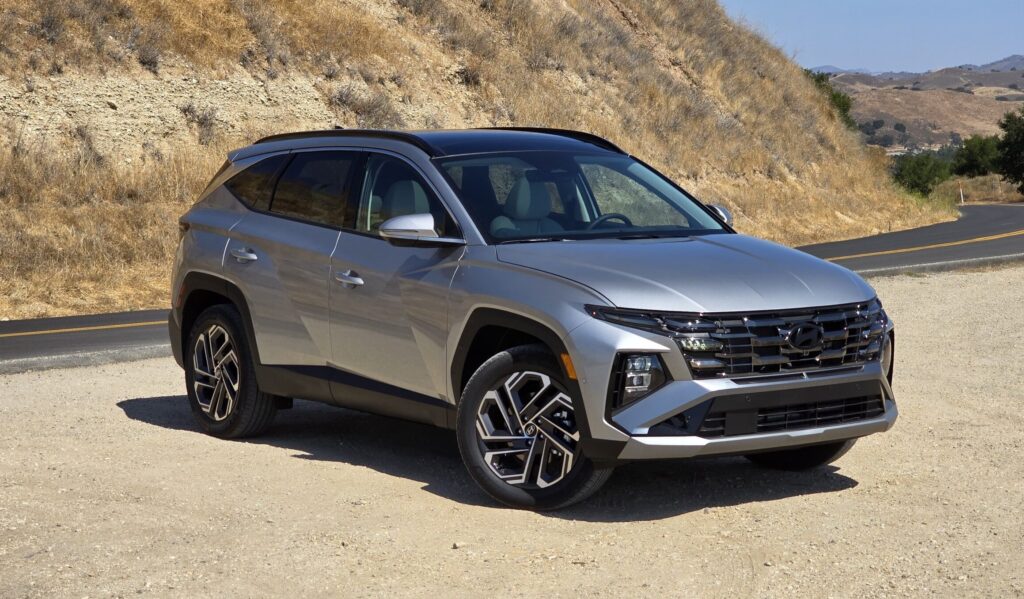
Safety and driver assistance features
Various driver assistance features are available, many of which are standard. For more information about the hybrid Tucson’s crash-test results, visit the National Highway Traffic Safety Administration (NHTSA) and Insurance Institute for Highway Safety (IIHS) websites. Key safety features include:
- standard automatic emergency braking with pedestrian detection
- standard lane departure warning and lane keeping assist
- available adaptive cruise control with lane-centering feature
Warranty and Maintenance Coverage
In the compact SUV market, only one competitor offers warranty coverage comparable to the Tucson Hybrid, and that’s its corporate cousin, the Kia Sportage Hybrid. However, thanks to its generous free scheduled maintenance program, Hyundai still has the edge over Kia in this area.
- Five-year or 60,000-mile limited warranty
- Powertrain warranty covers 10 years or 100,000 miles
- Complimentary maintenance covers 3 years or 36,000 miles
2025 Hyundai Tucson hybrid N Line: A Step above the Competition
While Hyundai has built its reputation on value and quality/price ratio, its design contributes to its popularity. From the sleek Sonata to the sleek Veloster hatchback, Hyundai’s design evolution can be as significant as its features and attractive price. The 2025 Hyundai Tucson hybrid has made a noticeable leap forward for a compact SUV.
2025 Hyundai Tucson Hybrid Review
The Hyundai Tucson Hybrid 2025 has qualities that not all SUVs of its size have. It is spacious, comfortable, and well-built. It boasts a lot of equipment that is easy to operate. The multimedia system is intuitive, and the safety assistants are numerous and work precisely.
It is not the smoothest model on the market, but it is one of the most balanced in terms of stability, comfort, and performance. The wide range of versions and the upcoming arrival of the plug-in hybrid will give you a wide range of options to own a powerful and well-equipped Tucson without paying a high price.
Style and Options
The 2025 Hyundai Tucson hybrid is a small crossover SUV in eight models: SE, SEL, XRT, and Limited; N Line, Blue Hybrid, SEL Convenience Hybrid, and Limited Hybrid.
What engines does the Hyundai Tucson Hybrid 2025 have?
The fourth-generation Hyundai Tucson Hybrid 2025 has been on sale since the end of 2020. It is available with diesel and petrol engines from 116 to 230 hp, with manual or automatic transmissions and front or all-wheel drive. Some of these versions may have hybridization and an ECO label. There is also a plug-in hybrid version, with 265 horsepower and an electric range of about 50 kilometers, with a zero label.
The Tucson range is broad because it has many possible combinations. Apart from hybridization, there are two 1.6 engines, one 150 horsepower petrol engine and the other 116 horsepower diesel. In both cases, the gearshift is manual. The diesel can only have front-wheel drive, while the petrol can have front-wheel or four-wheel drive.
With mild hybridization, a system that helps reduce costs thanks to a small electric motor that does not move the car on its own in any case, the same gasoline engine mentioned above is available, with two power levels, 150 and 180 horsepower, plus the same diesel engine, but with 136 horsepower.
All are available with a six-speed manual or seven-speed automatic transmission, and only the most potent gasoline engine can have all-wheel drive. The rest drive the front wheels. The most balanced version is the 230-horsepower hybrid, because it performs in every sense and creates an excellent relationship between fuel consumption and performance. He is also the protagonist of our test.
If you apply too much force with the accelerator, the electric motor can propel the car forward without starting the gasoline engine. Battery charging is automatic, as in the Toyota RAV4; the advantage is that the Tucson’s operation is silent. It can only have four-wheel drive and an automatic transmission, in this case, a six-speed transmission.
Driving Aids
Hyundai fine-tunes its driver assistance systems so that their intervention is generally not bothersome. The system that can sometimes be most intrusive is the lane departure warning system, which is accompanied by a self-centring function to correct your trajectory if you cross the lines.
To deactivate it, you have dedicated buttons on the steering wheel, from which you also control the active cruise control (if equipped, as it can be passive, meaning it doesn’t brake or accelerate on its own). The latter effectively maintains distance from the cars in front, reduces speed smoothly, and allows for relatively agile highway overtaking.
The most notable feature for its usefulness and well-integrated design is the one that displays an image of the rearview mirror’s blind spot on the instrument panel. It’s fast and effective because it acts at the precise moment and with excellent image quality. It’s located in a position where you quickly get used to looking once you understand how it helps you perform lane-changing maneuvers more safely.
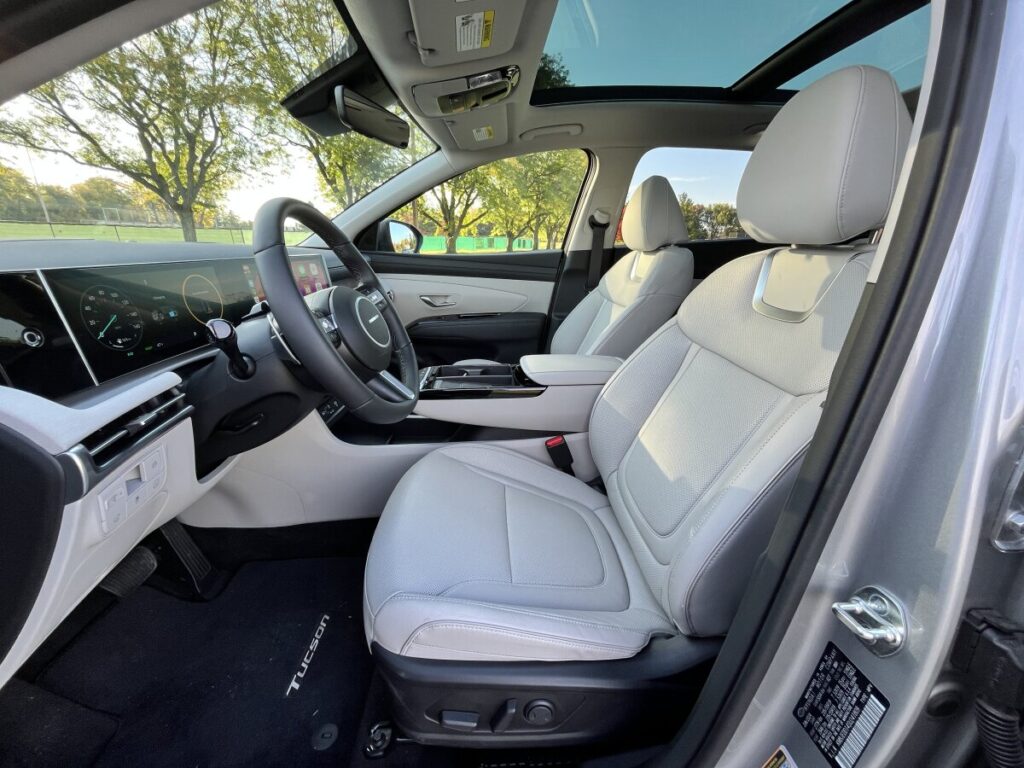
Consumption and Emissions
The Hyundai Tucson Hybrid 2025 is not one of the most fuel-efficient models, although its fuel consumption did not seem high—it was just average.
The non-plug-in hybrid version stands out not only for its silence but also for its speed. It accelerates quickly, which makes the Tucson a car agile enough to move through traffic, without losing extra power for overtaking or merging. In that sense, it is more than adequate, although it cannot be considered low, but rather average in fuel consumption.
The Tucson’s fuel consumption can be around 7 or 8 liters per 100 kilometers when driving at normal speeds on expressways, ring roads, etc. In the city, the fuel consumption of the 2021 Hyundai Tucson does not increase if you are a little careful with the accelerator and use the advantage of moving forward with the electric motor in certain situations.
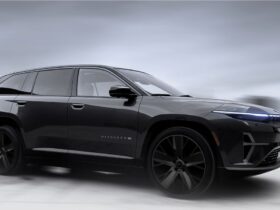
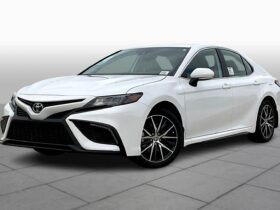

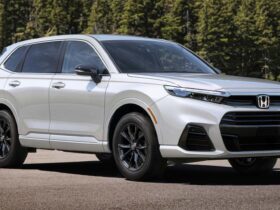
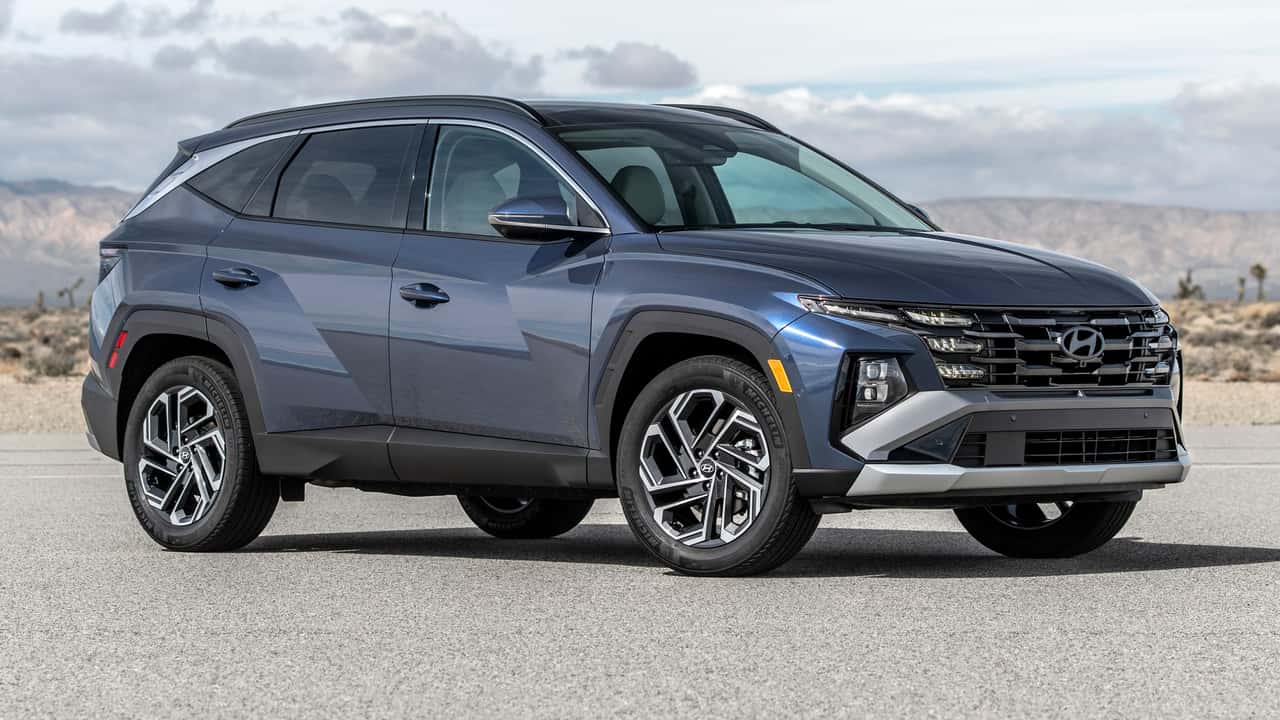

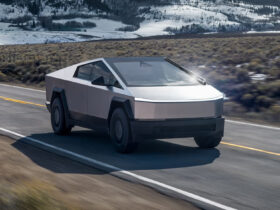
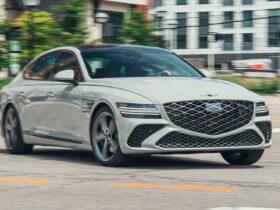
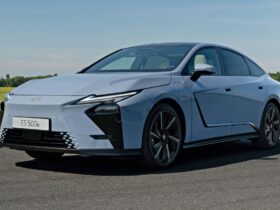
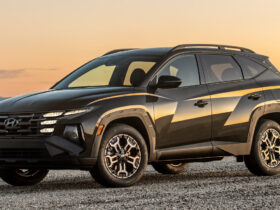
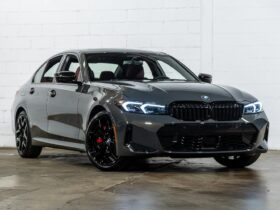
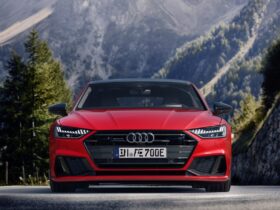
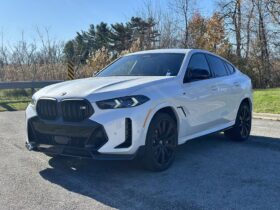
Leave a Reply